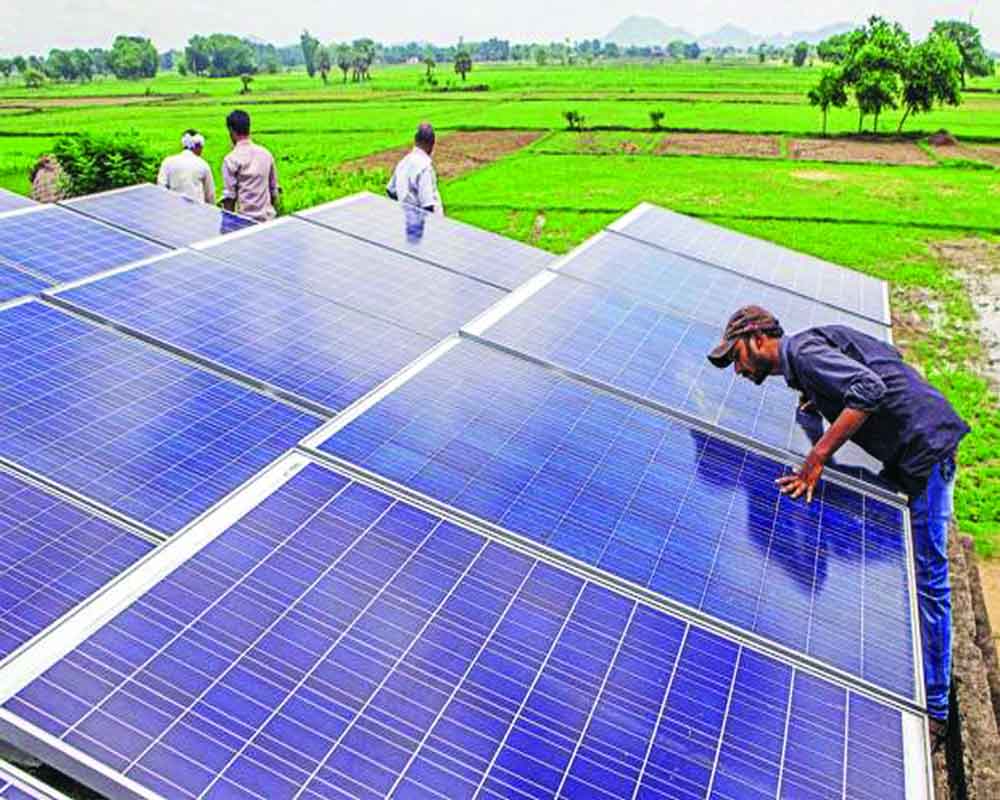Green Energy at Home: Easy Tips for a Sustainable Future
Introduction
As global concerns about climate change and resource depletion grow, embracing green energy solutions at home has become more vital than ever. Sustainable living is not just an environmental responsibility but also a pathway to reducing energy bills and creating a healthier living space.
This article explores practical, cost-effective, and impactful ways to integrate green energy into your daily life, empowering you to contribute to a sustainable future. From solar panels to smart home technology, we’ll cover everything you need to know to make your home energy-efficient and eco-friendly.
Why Green Energy Matters
Environmental Benefits
Reduces greenhouse gas emissions.
Mitigates air and water pollution.
Conserves natural resources.
Economic Advantages
Lowers energy costs over time.
Reduces dependency on non-renewable energy sources.
Social and Health Impacts
Improves indoor air quality.
Encourages energy independence and resilience.
1. Start with an Energy Audit
Conducting an energy audit is the first step toward identifying areas for improvement.
How to Perform an Energy Audit
DIY Energy Audit: Inspect insulation, draughty windows, and energy consumption patterns.
Professional Energy Audit: A certified auditor uses specialised equipment like blower doors and infrared cameras to identify inefficiencies.
2. Harness the Power of Solar Energy
2.1 Installing Solar Panels
Solar panels are one of the most effective ways to harness renewable energy.
Benefits: Significant reduction in electricity bills, eligibility for tax credits, and long-term savings.
Tips: Choose high-efficiency panels and ensure proper placement for maximum sunlight exposure.
2.2 Solar Water Heaters
Use solar energy to heat water, reducing reliance on traditional heating systems.
3. Embrace Wind Energy
While traditionally associated with large-scale farms, small wind turbines are now available for residential use.
Best For: Homes in windy regions.
Tip: Check local regulations and feasibility before installation.
4. Switch to Energy-Efficient Appliances
Modern appliances consume significantly less energy than older models.
Look for Energy Star Ratings
Choose refrigerators, air conditioners, and washing machines with high energy efficiency ratings.
Unplug Idle Devices
Use smart power strips to eliminate phantom loads caused by devices left on standby.
5. Upgrade Your Home’s Insulation
Proper insulation minimises heat loss during winter and retains cool air in summer, reducing energy consumption.
Focus Areas
Attic and Roof: Install reflective barriers to block radiant heat.
Walls and Windows: Use double-glazed windows and weather stripping to seal gaps.
6. Optimise Heating and Cooling Systems
Install a Programmable Thermostat
Adjust temperature settings based on your schedule, saving energy without compromising comfort.
Use Ceiling Fans
Ceiling fans circulate air, reducing the load on heating and cooling systems.
Maintain HVAC Systems
Clean filters and schedule regular servicing to ensure efficiency.
7. Adopt LED Lighting
Replace incandescent bulbs with LED lights.
Benefits: LED bulbs use 75% less energy and last 25 times longer.
Pro Tip: Use dimmers and motion sensors for additional savings.
8. Generate Energy with Biomass
Biomass systems convert organic waste into energy.
Examples: Use wood pellets, agricultural waste, or even kitchen scraps in biomass heaters or compost bins.
9. Collect and Use Rainwater
Rainwater harvesting systems provide water for irrigation and other non-potable uses.
How to Set Up: Install rain barrels under downspouts or create a larger storage system.
10. Create a Smart Home
Smart Metres
Monitor real-time energy usage to make informed decisions.
Smart Plugs and Lights
Control appliances and lighting remotely, ensuring they’re only on when needed.
11. Plant Trees and Greenery
Shade Trees
Plant trees strategically to reduce indoor temperatures and cut down on cooling costs.
Green Roofs
A rooftop garden insulates your home and reduces urban heat island effects.
12. Use Geothermal Energy
Geothermal systems leverage the earth's stable temperature for heating and cooling.
Best For: Homes with ample outdoor space for underground pipes.
Long-Term Benefits: Significant reduction in heating and cooling costs.
13. Reduce Water Heating Costs
Insulate Water Heaters
Add insulation blankets to maintain temperature and reduce standby heat loss.
Install Low-Flow Fixtures
Reduce water consumption without compromising performance.
14. Transition to Electric Vehicles (EVs)
Pair an EV with renewable energy sources like solar panels for carbon-neutral transportation.
Tip: Install an EV charging station at home for convenience.
15. Advocate for Renewable Energy Policies
Join local and national initiatives that promote renewable energy adoption.
Why It Matters: Collective efforts drive larger-scale changes in energy infrastructure.
Cost-Effective Green Energy Solutions
Use solar-powered chargers for devices.
Install draft stoppers under doors.
Opt for renewable energy plans offered by local utilities.
Challenges and Solutions
High Initial Costs:
Use government subsidies and tax incentives to offset costs.
Space Constraints:
Consider vertical solar installations or community solar programs.
Knowledge Gaps:
Seek guidance from experts or organisations like Prakriti Kalyan Foundation, which promotes environmental awareness.
Benefits of Adopting Green Energy
Environmental Impact:
Reduces carbon footprint, combats global warming, and protects ecosystems.
Economic Savings:
Lower energy bills and increased property value.
Social Contribution:
Creates a ripple effect, inspiring others to adopt sustainable practices.
Conclusion
Transitioning to green energy at home is no longer a choice but a necessity for securing a sustainable future. By adopting eco-friendly practices, you not only reduce your environmental impact but also set an example for your community.
Organisations like Prakriti Kalyan Foundation actively work to promote sustainability by raising awareness and encouraging individuals to make conscious choices. Together, we can create a cleaner, greener world for future generations.
Start your journey today with these easy and impactful tips—because every small step matters in the quest for a sustainable future.
Donate to us for Green Enviroment

.png)





.png)
.png)


.png)
.png)
.png)
.png)

0 Comments